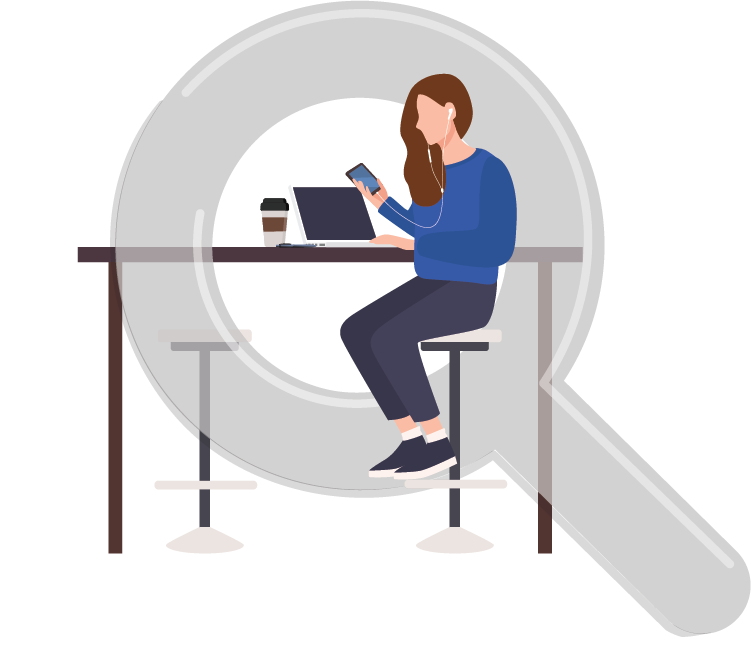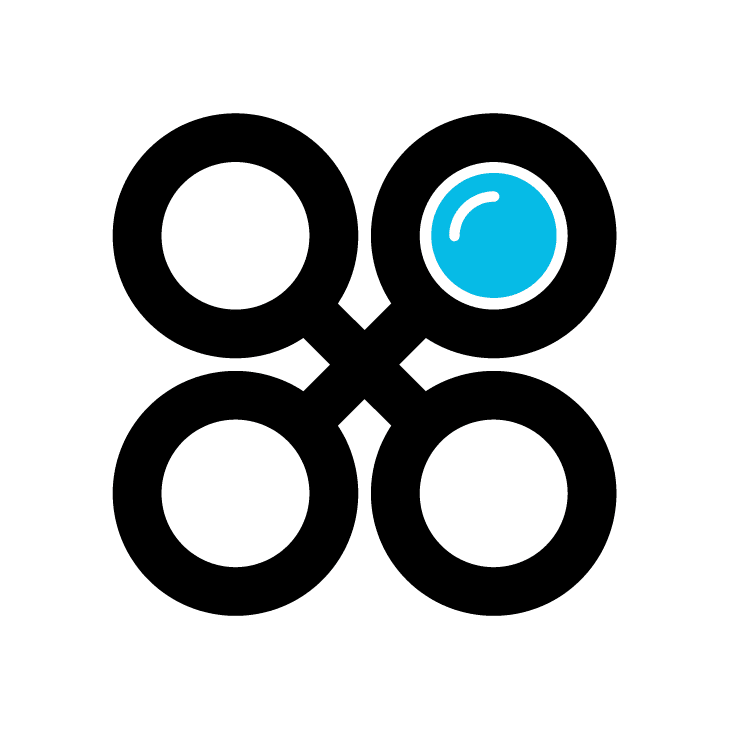Guest post by Michelle McKinney
Over the past few years, many teams have made the move towards becoming a more dispersed workforce. Along with the influx of solutions aimed at providing integrated communication between colleagues who no longer work together in a physical space, new pain points around efficiency and protocol have risen as well: is it acceptable to instant message a colleague after working hours, or to postpone replying to an email sent over the weekend? Which tools are best used for each purpose, and how should a team use each one to communicate?
While implementing new solutions has been a big push, we’re forgetting a highly accessible choice that is literally under our noses: the mobile phone. Already a go-to tool in our daily lives, the mobile phone is a practical mode of communication, and not just for texting. The ability to dial someone and have live conversations from almost anywhere is an under-utilized advantage for providing seamless, interpersonal connections in the workplace. Here are a few reasons why:
People know how to use it.
Compared to the training and practice required to navigate the endless opportunities of all-inclusive communication platforms, the onboarding for the telephone is short and painless. In fact, using a phone is second nature for many, which ensures comfortability and ease of use.
Most people already have a phone.
The phone is so intertwined with our daily lives that it is practically an extension of each one of us, meaning there’s little to no acquisition cost or training needed to bring everyone up-to-speed.
The phone is portable.
The phone goes most places that humans go: it fits in a pocket, it can be easily accessed from almost anywhere, and the average individual is rarely without it. Work culture is moving in the direction of flexibility: allowing and encouraging employees to get their work done from the home office, a favorite coffee shop, or other remote locations. The phone, unlike more sophisticated systems that require consistent internet connection and a video camera, is a perfectly versatile tool that performs just as well from behind a desk as it does from the breakfast table.
What gives the humble phone an edge over more powerful tools?
Even as the physical manifestations of the workplace change, a key question remains the same: how does a company ensure that team members can communicate well and easily, and what tool promotes communication in the best way?
While platforms for workplaces today are powerful and offer many types of communication, the phone offers versatility that shouldn’t be overlooked. Easy to use, portable, and already integrated into most of our lives, it’s a tool that can build bridges between colleagues in today’s expansive and flexible working environment.
About the author
Michelle is a seasoned human resources and operational leader who thrives at taking on tough challenges. Her background is in compensation, benefits, people analytics, HR systems, processes, and services, globally. Michelle’s career has mainly been with technology companies, both as a people leader in-house and externally as a consultant. She has had successes at transformational initiatives including M&A due diligence and integration, office launches, and change management planning. Michelle has a BA in Economics from the University of California, San Diego.
Can we help your team?
Learn how we apply our UX research methods to improve the employee experience with our EcoX Workforce product.

